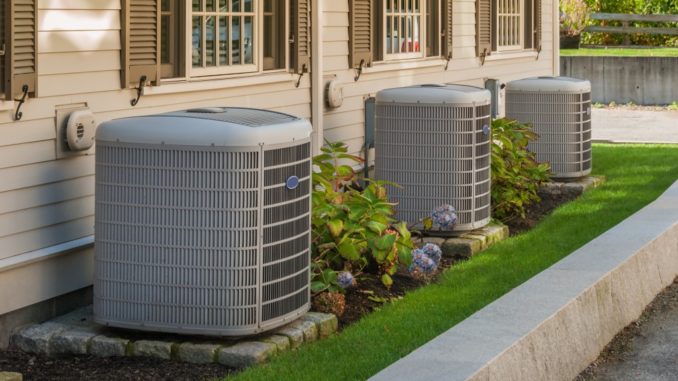
In any appliance, there’s a component that can be called the “heart” of the system. In an air conditioning unit, the compressor is that heart, and the refrigerant its lifeblood. In an air conditioner’s case, the compressor is one of the most critical elements of the refrigeration cycle, because it compresses (hence the name) the refrigerant, usually a liquid, to high-pressure gas. This gas then flows to the condenser, where it gets cooled. Thus cooler, it then goes into the expansion valve and then to the evaporator, where it draws heat from the room, where it would get sucked into the compressor again to restart the cycle.
For the whole thing to work, however, the refrigerant has to be compressed to the proper pressure. This is what compressors do, which ensures that the refrigerant properly condenses and moves through the cycle. The role of the compressor in the unit is so crucial that Provo, Utah air-conditioning experts believe that that capability of the refrigerator or the air conditioner itself is linked to how good the compressor is.
AC compressors do the same thing, but the methods can vary. Each type has its pros and cons, however. Here are the common ones used in the industry:
Reciprocating Compressor
The reciprocating compressor is the most popular type of compressor. It involves a piston that compresses air moving through a cylinder. As the piston moves down, it creates a vacuum that sucks in the refrigerant; up, and it compresses the refrigerant and injects it into the condenser. It’s not unheard-of for air conditioning units to have up to eight cylinders in a reciprocating air conditioner compressor, making it highly efficient.
Screw Compressor
A screw compressor carries a pair of large helical rotors (which lends it the name), which move the refrigerant to either “screw.” The coolant gets compressed as it moves through either end and the other screw pushes it. This mechanism allows it to be efficient in some instances where you need non-stop cooling, such as in buildings or for commercial purposes.
Rotary Compressor

Rotary compressors are small and quiet, so they are accessible in locations where noise is unwelcome. This compressor employs two shafts with numerous blades attached to it, like gears, with the refrigerant pumped between them. The bladed shafts rotate inside a graduated cylinder, which pushes the coolant through the tube, compressing it.
Scroll Compressor
Scroll compressors are so-called because they feature one coil, called the “scroll,” in the center of the unit while another coil rotates around it. The way it works is that the second, rotating coil pushes the refrigerant in the direction of the scroll, which compresses it. Scroll compressors are fast becoming popular even though they are relatively new. This is mostly because they have fewer moving parts, making them more mechanically reliable.
Centrifugal Compressor
As the name implies, it uses centrifugal force to pull the refrigerant, where the compressor spins it with an impeller to compress it. You can usually find centrifugal compressors for large HVAC structures, as it can handle large amounts of gas but relatively low condensation pressure.
The heart of the matter is, of course, no AC will work unless all its parts are well-maintained. And for that to happen, you should pay attention to the operation of your unit. Routine maintenance is always necessary, whatever compressor (or even air conditioner) you’re using.
